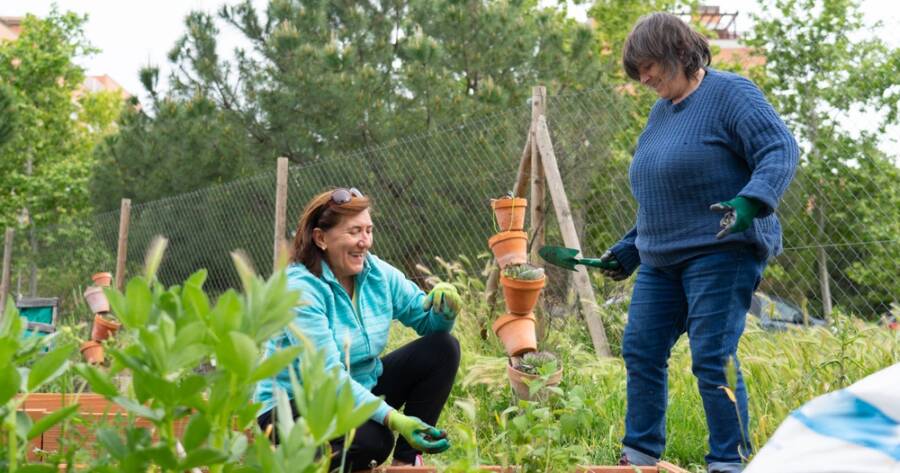Imagine a place where neighbors connect over fresh tomatoes and children learn how basil grows. A community garden can create that magic, transforming a lifeless lot into a vibrant hub. Cities buzz with excitement and possibilities, but gardens offer a tranquil retreat. The idea may seem daunting to get started, but the rewards can be immense. Let’s explore how you can cultivate your very own community oasis.
Envisioning Your Garden’s Purpose
Every community garden starts with a vision. You might aim for a space that champions organic produce or teaching opportunities. It could focus on sustainability or becoming an inclusive social haven. Defining your purpose will guide the design and activities. Gathering community input can help shape a garden that caters to local needs.
Discussing your garden’s purpose can foster community interest. Inviting neighbors to share ideas can uncover shared goals. This dialogue can create excitement and a sense of ownership. When everyone feels invested, your project is more likely to prosper.
Choosing the Right Location
Location can have a big impact on your garden’s success. Ideally, you can choose a sunny spot with access to water. You may be able to find an unused lot or underutilized park space. Consider convenience, though, since accessibility may encourage more participation.
Evaluating potential obstacles is key to choosing your location. Zoning laws and land permissions may require attention. Organizing meetings with local authorities can help smooth the way. If successful, overcoming these challenges can pave the path to your thriving garden.
Gathering Your Dream Team
Building a community garden can be a team effort. Assembling a group of enthusiastic volunteers can help distribute responsibilities. You will probably want organizers, fundraisers, gardeners, and educators. Diversity within your team can ensure a balanced approach.
Clear communication can be invaluable in team dynamics. Regular meetings and updates can keep everyone aligned. Fostering a friendly environment can boost morale and motivation. A united team often lays the foundation for community garden success.
Designing the Garden Layout
The design process can be an exciting stage of your garden project. Collaborating with your team can yield creative ideas for the layout. Raised beds, pathways, and communal spaces may be considered. Including versatile areas can allow for diverse planting plans.
An efficient design often considers functionality and aesthetics. Ease of access and maintenance can guide the layout. You might want to plan for seating areas or shade-providing structures. A well-designed garden can become a peaceful community refuge.
Securing Resources and Funding
Resources and funding often play critical roles in your garden’s development. You can seek donations of seeds, tools, or materials. Local businesses or organizations might be interested in supporting your initiative. Applying for grants can also help your funding needs.
Creating a clear budget plan can help manage financial aspects. Understanding potential costs early can help prevent surprises. Keeping records of donations and expenses ensures accountability. Such diligence can contribute to your garden’s long-term sustainability.
Engaging the Community
Inviting the community to participate can spark wider interest. Hosting events or workshops can educate and inspire. You can use online platforms or flyers to spread the word. Encouragement often leads to a greater sense of community involvement.
Involvement can boost bonding and engagement in the community. Organizing regular activities can foster connections between participants. You can celebrate milestones with gatherings or harvest festivals. A vibrant community spirit often blossoms alongside the garden.
Embracing Growth and Sustainability
Sustainability can be vital to your garden’s ongoing success. You may want to focus on organic practices like composting and water conservation. Education on sustainable practices can enhance community awareness. Maintaining eco-friendly methods can inspire lifelong habits.
Monitoring and evolving your garden can be key. Regular feedback from participants can guide improvements. If challenges arise, adaptability often leads to growth. An evolving garden can continue to thrive while enriching the community.
Reaping the Benefits of Community Unity
Your journey in cultivating a community garden can be filled with shared experiences and growing friendships. It can transform vacant spaces into dynamic, nourishing landscapes. With dedication and communal effort, you can discover the joy of planting seeds of change. Just as nature thrives through growth, so too can your vibrant community garden.

